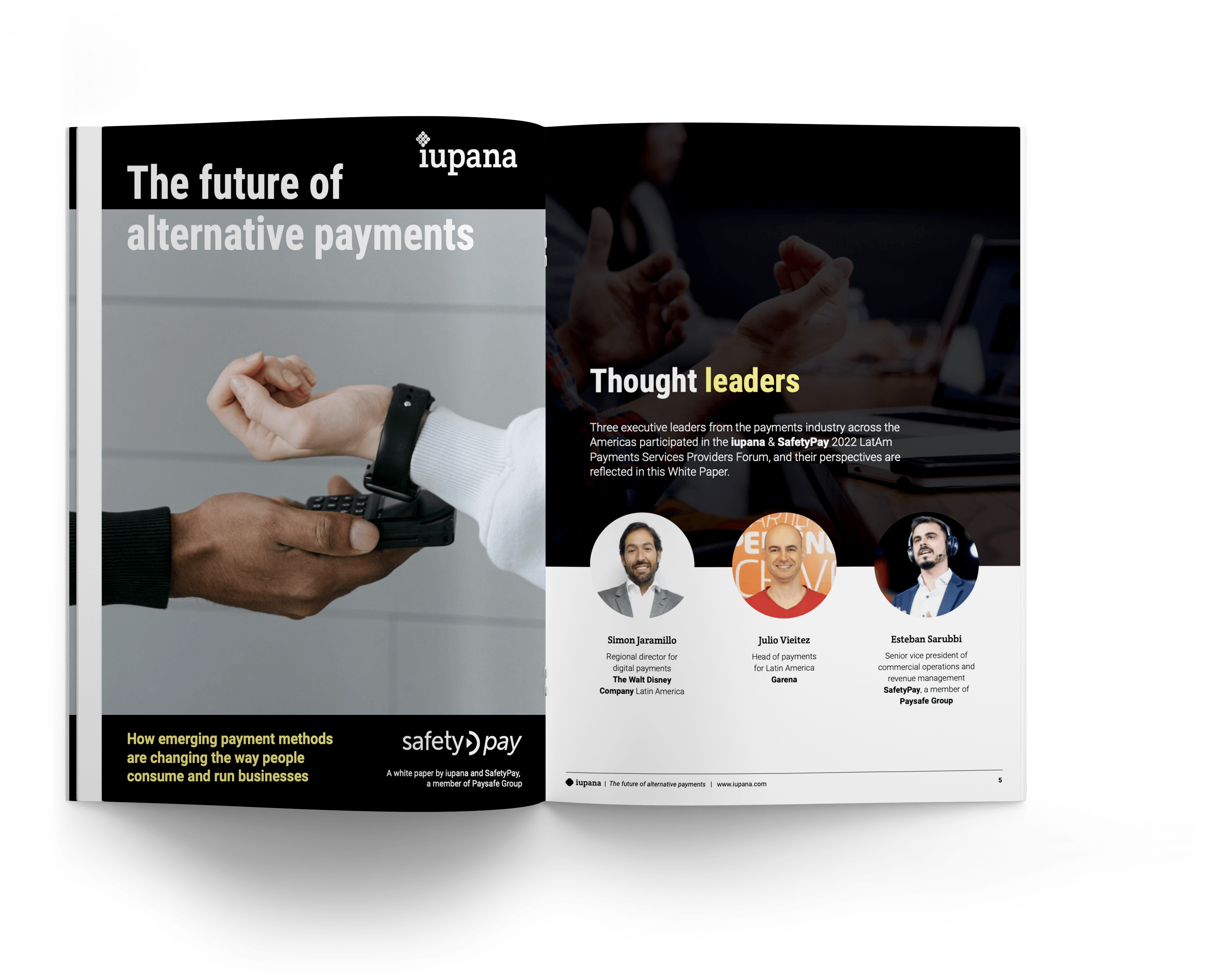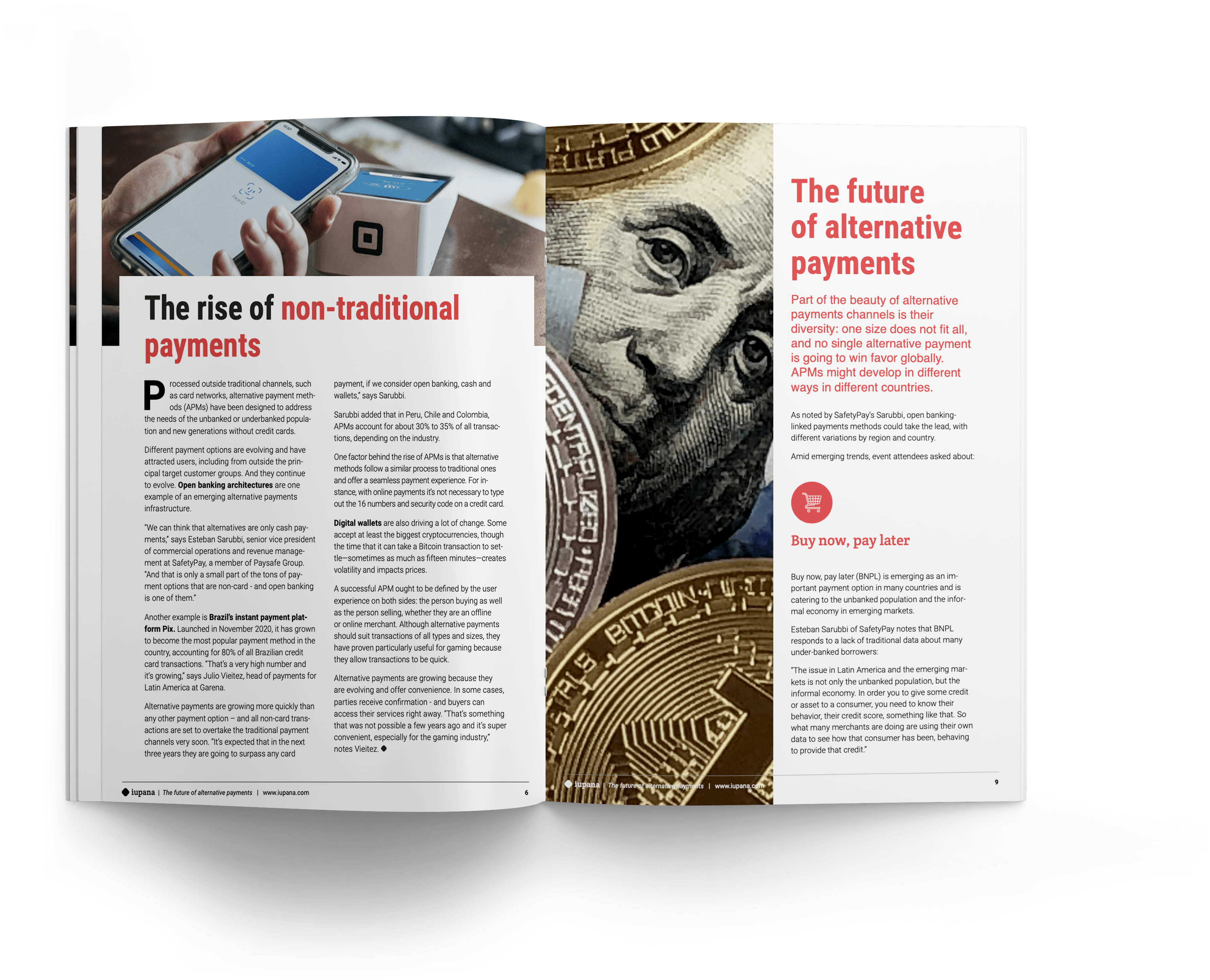How is the way we consume and conduct business changing with new means of payment?
The relevance of APMs has grown as card-not-present payments became more crucial for merchants seeking to serve, for example, people who do not deal with financial institutions. The unbanked and underbanked population constitutes a huge market, to which it is essential to provide new means of payment.
As consumers around the world return to pre-pandemic habits, digital payments and e-commerce transactions are expected to be resilient and continue to grow. In fact, alternative means of payment have been increasingly popular since financial technology companies and tech giants entered the payments ecosystem to offer consumers faster and more convenient options for making purchases and sending money to friends and family.
However, cash will continue to be used for much longer for everyday purchases. So what can the permanence of cash teach us about the acceptance of APMs? One key is convenience: payments need to be simple, easy to make, because if you don't offer the most convenient method of making a purchase, many people will probably not use it.
The aim of this report by iupana and SafetyPay, a PaySafe company, is to enable e-commerce, payments, fintech and digital banking professionals to better understand alternative payment methods and thus continue to drive their businesses and the development of finance.
This White Paper was produced in association with SafetyPay, a PaySafe company


Download the White Paper: The Future of Alternative Payments
Featured Opinion Leaders in this White Paper

Simon Jaramillo
The Walt Disney Company

Julio Vieitez
Garena

Esteban Sarubbi
SafetyPay
Inside: The future of alternative payments.
“Paying is the most painful part of the buying process. So you won’t [need to] invest a lot of marketing effort if the payment process is really friendly and seamless”


